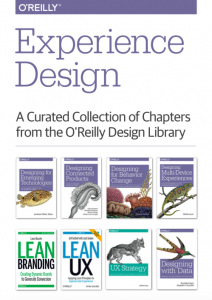Happy New Year everyone & Hello 2015.
After a beautiful Xmas with family in the Lake District and a few weeks away. I start the new year catching up on a tonne of reading, teaching our little one Spanish, completing the books I never finished in 2014 and learning a few bits of Processing for the 2015 launch of Sediment.

The year is starting at a fast pace and so far I have come across some great stories, articles and talks. If this is a reflection of the year to come, it will be an exciting year indeed.
I start the year reading the latest issue of ACM Interactions and an article by Elisa Giaccardi, titled Designing the Connected Everyday.
Elisa Giaccardi is a professor at Delft University of Technology whose research focuses on heritage as a lens to understand participatory values and practices.
“In order to design digital networks that integrate meaningfully into our everyday lives, we need to learn how to design for commensurability. That is, we need to make our ability to connect to people and things across networks commensurate with our practices in the physical world.”
Elisa Giacardi, ACM Interactions Jan-Feb 2015 Issue

No doubt this article will bring up a lot of discussion in the next issues of Interactions as well as within IOT circles, as it affirms a discussion that products should also be arranged around practices in the real world, not just layered on top.
This point becomes more meaningful as I’m currently reading an early chapter from the forthcoming O’Reilly book Designing Connected Products by Claire Rowland, Elizabeth Goodman, Martin Charlier, Alfred Lui and Ann Light.
 In contrast, it is worthwhile also reading this post on Design Thinking and Disruption by Mary Tresseler. It contains a link to a free Experience Design ebook from curated chapters on Process (Lean UX), Strategy, Data Informed Design, Designing for IoT, Branding, Behavioural Economics and Designing Across Devices.
In contrast, it is worthwhile also reading this post on Design Thinking and Disruption by Mary Tresseler. It contains a link to a free Experience Design ebook from curated chapters on Process (Lean UX), Strategy, Data Informed Design, Designing for IoT, Branding, Behavioural Economics and Designing Across Devices.
